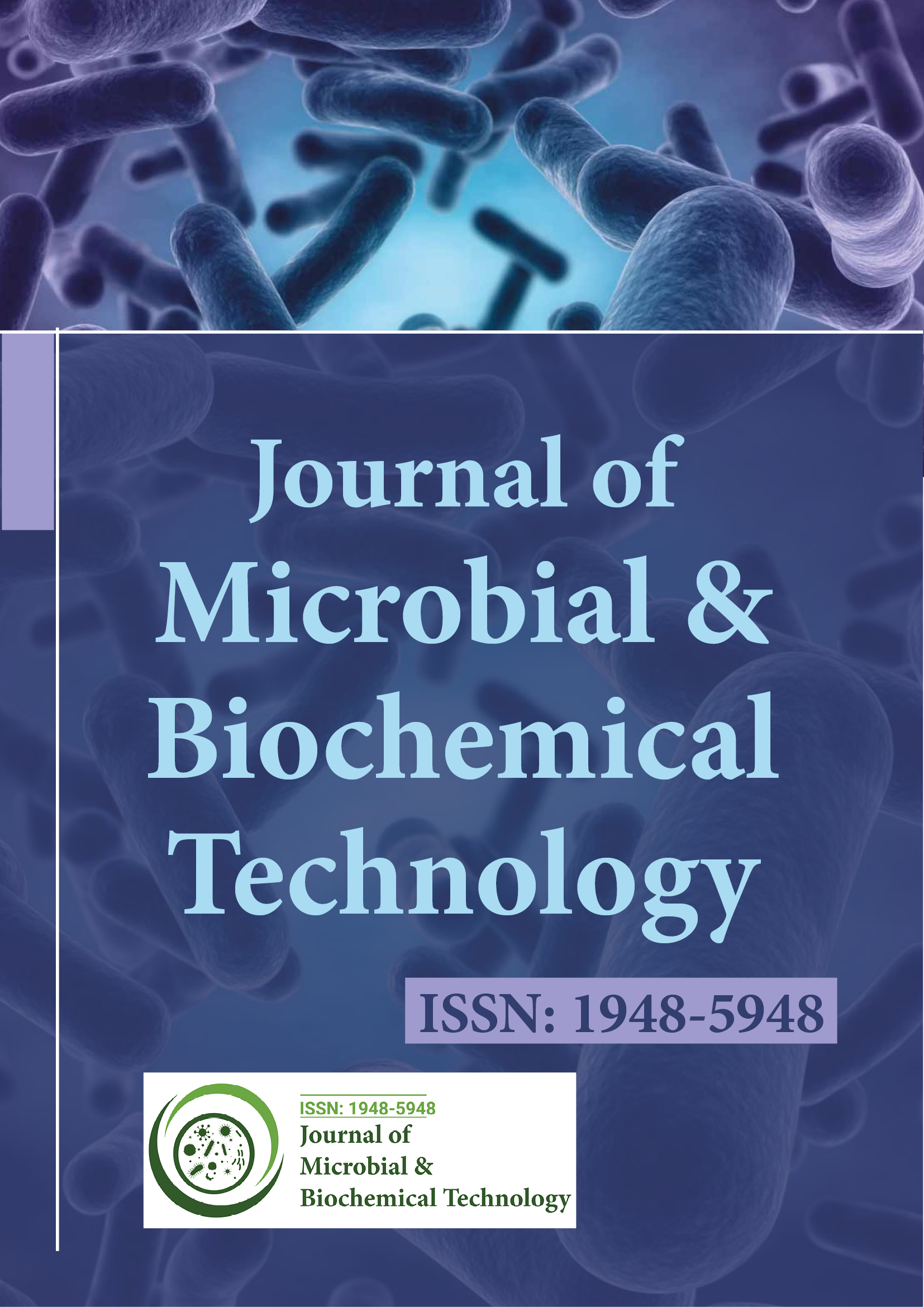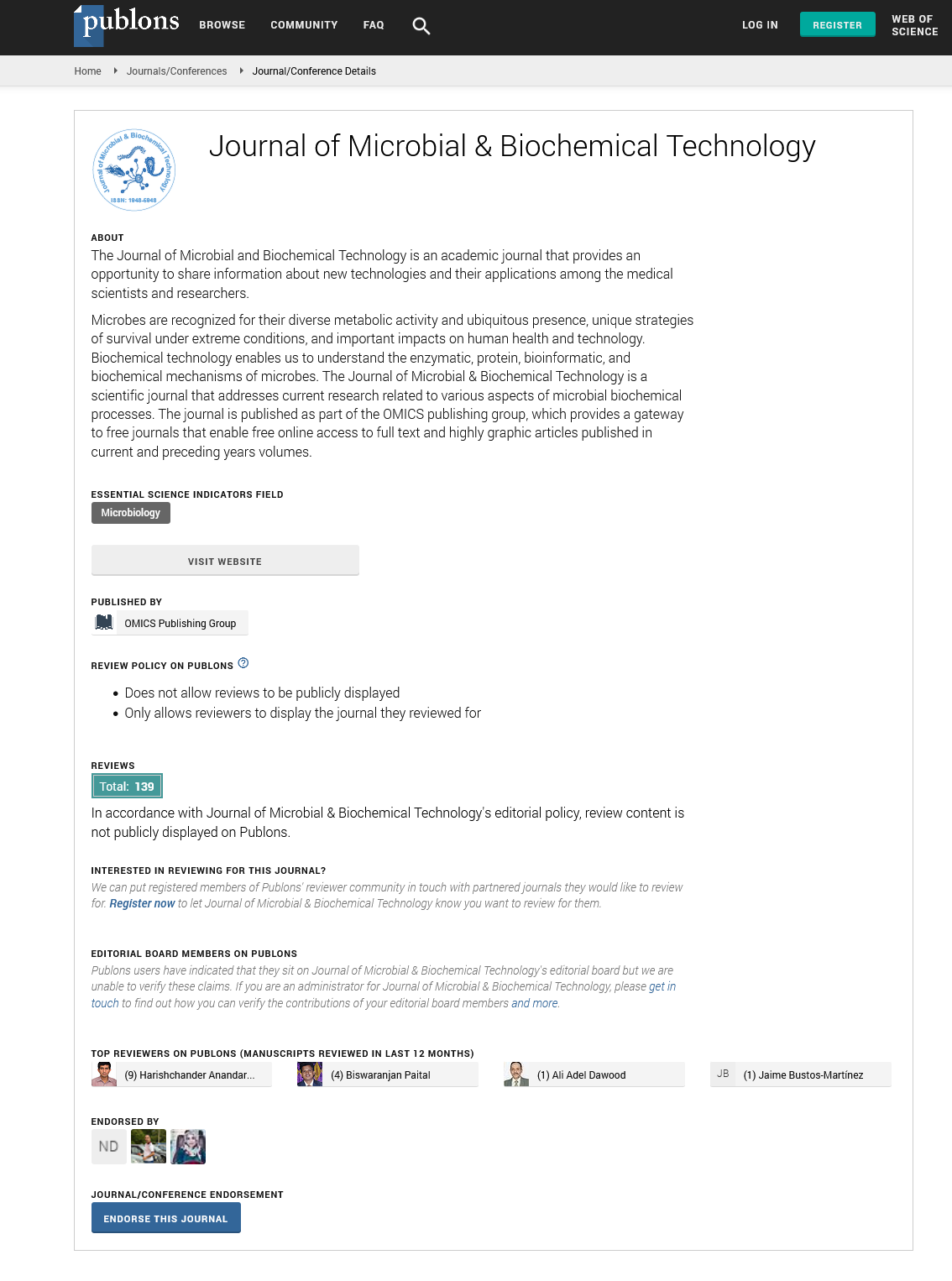Indexed In
- Academic Journals Database
- Genamics JournalSeek
- Academic Keys
- JournalTOCs
- China National Knowledge Infrastructure (CNKI)
- Scimago
- Access to Global Online Research in Agriculture (AGORA)
- Electronic Journals Library
- RefSeek
- Directory of Research Journal Indexing (DRJI)
- Hamdard University
- EBSCO A-Z
- OCLC- WorldCat
- SWB online catalog
- Virtual Library of Biology (vifabio)
- Publons
- MIAR
- University Grants Commission
- Geneva Foundation for Medical Education and Research
- Euro Pub
- Google Scholar
Useful Links
Share This Page
Journal Flyer

Open Access Journals
- Agri and Aquaculture
- Biochemistry
- Bioinformatics & Systems Biology
- Business & Management
- Chemistry
- Clinical Sciences
- Engineering
- Food & Nutrition
- General Science
- Genetics & Molecular Biology
- Immunology & Microbiology
- Medical Sciences
- Neuroscience & Psychology
- Nursing & Health Care
- Pharmaceutical Sciences
Opinion Article - (2025) Volume 17, Issue 1
CRISPR-Cas9 Applications in Enhancing Microbial Biosynthesis Pathways
Hannah Mitchell*Received: 01-Jan-2025, Manuscript No. JMBT-24-29188; Editor assigned: 03-Jan-2025, Pre QC No. JMBT-24-29188; Reviewed: 11-Jan-2025, QC No. JMBT-24-29188; Revised: 17-Jan-2025, Manuscript No. JMBT-24-29188; Published: 25-Jan-2025, DOI: 10.35248/1948-5948.25.17.642
Abstract
Description
Microbial biosynthesis has revolutionized industrial biotechnology by enabling the sustainable production of valuable compounds such as biofuels, pharmaceuticals, enzymes, and nutraceuticals. Traditionally, improving microbial productivity relied on classical mutagenesis or trial-and-error genetic modifications. However, the emergence of precise genome editing tools, particularly CRISPR-Cas9, has opened new avenues for engineering microbial pathways with high specificity, efficiency, and scalability.
CRISPR-Cas9, derived from a bacterial immune system, allows targeted modification of DNA sequences, making it an indispensable tool in synthetic biology and metabolic engineering. The core mechanism of CRISPR-Cas9 involves the Cas9 nuclease guided by a customizable RNA sequence (guide RNA or gRNA) to induce double-stranded breaks at specific genomic loci. These breaks are then repaired by the cell’s natural DNA repair mechanisms, either by Non-Homologous End Joining (NHEJ) or Homology-Directed Repair (HDR), allowing for gene disruption, insertion, deletion, or replacement. In microbial systems, this technology can be harnessed to knock out unwanted genes, upregulate or downregulate target genes, and insert heterologous pathways for the production of novel or enhanced bio-products.
One of the primary applications of CRISPR-Cas9 in microbial biosynthesis is pathway optimization. For example, in the production of amino acids, such as lysine or glutamate, metabolic bottlenecks can be relieved by disrupting feedback inhibition genes or enhancing the expression of rate-limiting enzymes. CRISPR can be used to make multiplexed edits, enabling the simultaneous modification of multiple genes, which significantly speeds up the optimization of complex biosynthetic pathways. In Escherichia coli, researchers have used CRISPR-Cas9 to delete competing pathways and redirect carbon flux towards the synthesis of succinic acid, a valuable platform chemical.
Another crucial application is the heterologous expression of biosynthetic gene clusters. Microbes often lack the complete pathways required to produce specific compounds, especially those found in plants or marine organisms. Using CRISPR, large biosynthetic clusters can be inserted into microbial genomes in a site-specific manner. In Saccharomyces cerevisiae, CRISPR-Cas9 has been employed to insert entire pathways for the production of plant-derived alkaloids and flavonoids. This ability to reprogram microbes as miniature biofactories holds immense promise for producing high-value natural products that are otherwise difficult or costly to extract.
CRISPR interference (CRISPRi) and CRISPR activation (CRISPRa) are modified versions of the CRISPR system that do not cut DNA but instead modulate gene expression. CRISPRi uses a catalytically dead Cas9 (dCas9) protein to bind target DNA and block transcription, effectively silencing gene expression. On the other hand, CRISPRa can enhance transcription by fusing dCas9 with transcriptional activators. These tools allow fine-tuned control of metabolic pathways without altering the underlying DNA sequence, enabling dynamic regulation of biosynthesis depending on growth phase or environmental conditions.
Beyond simple modifications, CRISPR is also being integrated with computational models and systems biology approaches to design and implement global rewiring of microbial metabolism. By mapping gene interactions and metabolic fluxes, researchers can identify optimal gene targets for editing. In combination with high-throughput screening, CRISPR libraries can be used to systematically assess the effects of hundreds or thousands of mutations, accelerating the development of microbial strains with superior production traits.
Despite its powerful applications, the use of CRISPR-Cas9 in microbes also faces certain challenges. Delivery of the CRISPR machinery into some microbial species, particularly Gram-positive bacteria and extremophiles, remains difficult due to cell wall barriers and transformation inefficiencies. In some cases, expression of Cas9 can be toxic to the host cells, requiring careful control of promoter strength or the use of inducible systems. Additionally, off-target effects, although less common in microbes than in higher organisms, can still pose problems in large-scale applications. Advances in Cas9 variants, base editors, and CRISPR-associated proteins are helping to mitigate these issues and broaden the range of microbes that can be engineered.
The future of microbial biosynthesis enhanced by CRISPR-Cas9 looks extremely promising. The convergence of CRISPR with other technologies such as machine learning, automated strain design, and synthetic regulatory circuits is poised to create highly optimized microbial platforms for industrial biomanufacturing. Moreover, the expansion of CRISPR tools beyond Cas9, including Cas12 and Cas13 systems, may offer even greater flexibility and precision in editing both DNA and RNA within microbial cells.
Citation: Mitchell H (2025). CRISPR-Cas9 Applications in Enhancing Microbial Biosynthesis Pathways. J Microb Biochem Technol.17: 642
Copyright: © 2025 Liang Q. This is an open access article distributed under the terms of the Creative Commons Attribution License, which permits unrestricted use, distribution and reproduction in any medium, provided the original author and source are credited.

